Wahoo Fish
Acanthocybium solandri
Wahoo can change colors when they're excited and while they hunt
Advertisement
Wahoo Fish Scientific Classification
- Kingdom
- Animalia
- Phylum
- Chordata
- Class
- Actinopterygii
- Order
- Scombriformes
- Family
- Scombridae
- Genus
- Acanthrocybium
- Scientific Name
- Acanthocybium solandri
Read our Complete Guide to Classification of Animals.
Wahoo Fish Conservation Status
Wahoo Fish Facts
- Prey
- Fish, squid, crustaceans
- Group Behavior
- Solitary
- School
- Fun Fact
- Wahoo can change colors when they're excited and while they hunt
- Estimated Population Size
- Not evaluated, but their conservation status is listed as Least Concern
- Biggest Threat
- Predators
- Most Distinctive Feature
- Its shining silver and iridescent blue coloration
- Other Name(s)
- Ono, hoo, Kingfish, Queenfish, jack mackerel, barracuda, many others
- Gestation Period
- Unknown
- Diet
- Carnivore
- Type
- Fish
- Common Name
- Wahoo
Wahoo Fish Physical Characteristics
View all of the Wahoo Fish images!
Wanted for both fishing and eating
While a member of the Scombridae family, the wahoo fish is neither a tuna nor a mackerel nor a bonito. Yet, this splendid blue and silver fish is prized both for its ability to put up a fight when it’s hooked and for the sweet taste of its firm, white flesh, which can be a little pricey at the fish store. Though it can be caught in great numbers through commercial fishing, its prodigious reproductive rate probably keeps the popular wahoo fish off the endangered list.

Five Amazing Facts About the Wahoo Fish
Here are five amazing facts about the wahoo fish:
- One of the wahoo’s other names, ono, is Hawaiian for “delicious,” and the wahoo is valued for the amazing taste of its meat. Other names include “hoo,” Kingfish, Queenfish, jack mackerel, and barracuda.
- Scientists are studying populations of wahoo fish and how they are related to wahoo populations from other parts of the world.
- Wahoos often harbor the giant stomach worm, but it doesn’t seem to bother them or affect the taste, flavor, or healthfulness of their meat.
- Unlike some other Scombridae fish, wahoo fish are not warm-blooded.
- Unusually for a fish, both of the wahoo’s jaws are movable.
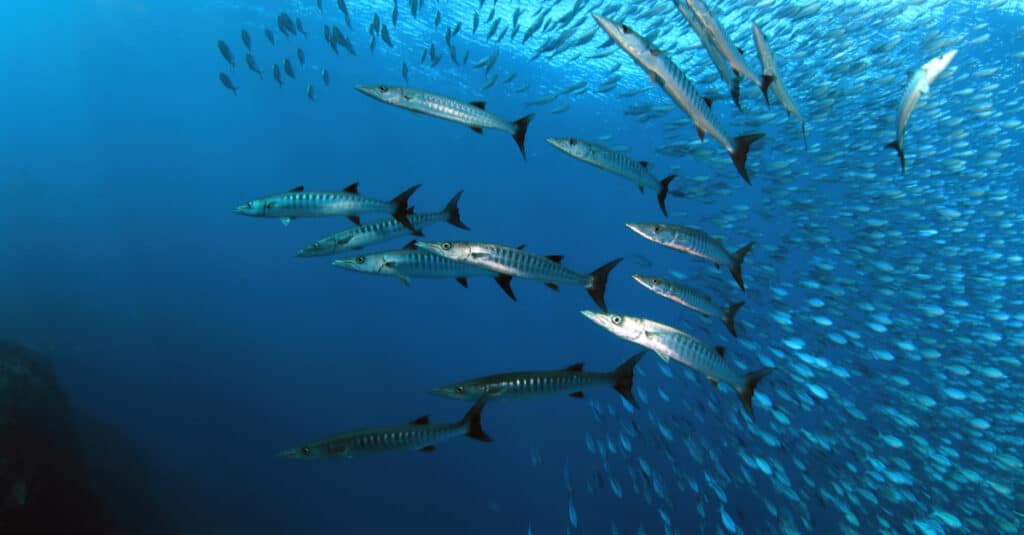
There is only one species of wahoo fish although there are slight differences between wahoos in the Atlantic and Indo-Pacific oceans.
©orifec_a31/Shutterstock.com
Classification and Scientific name
The scientific name of the wahoo fish is Acanthocybium solandri. Acanthocybium comes from akantha, the Greek word for “thorn” and kybion, the Greek word for “tuna.” Solandri comes from Daniel Carl Solander, who was a pupil of the Swedish naturalist Linnaeus. There are only one species, though there are slight differences between wahoos in the Atlantic and Indo-Pacific Oceans.
Evolution
The earliest vertebrates are believed to be the ancestors of hagfish with their fossils dating from around 550 million years ago. The first fossils of cartilaginous fish with jaws resembling sharks appeared in the fossil record around 450 million years ago. They were followed by the bony fish around 50 million years later. Bony fish eventually evolved into the most varied and prominent fish group – including the wahoo.
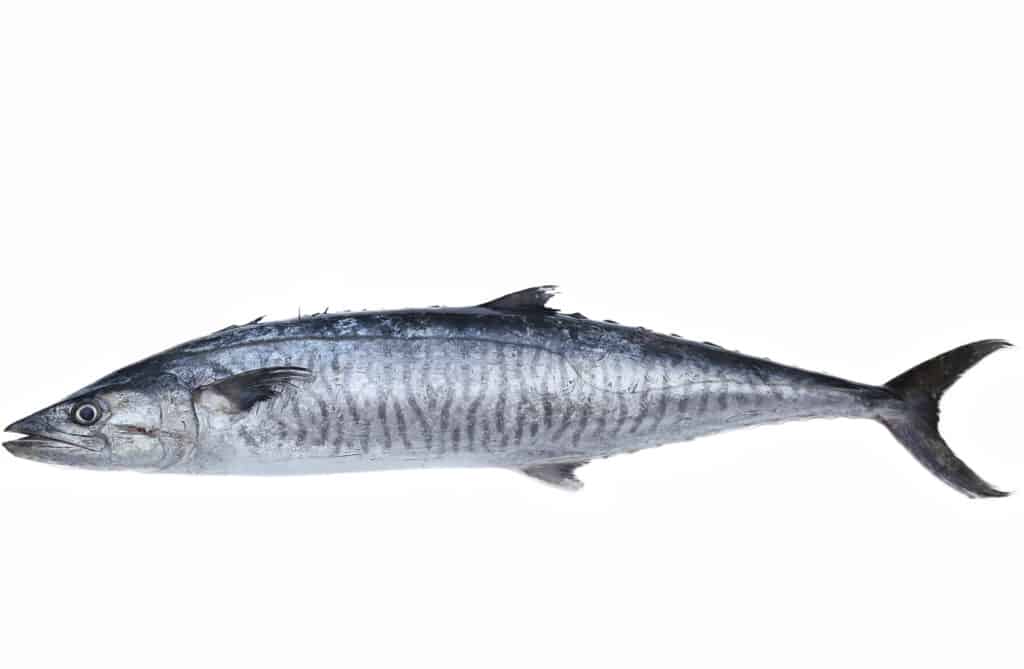
Wahoo fish have long, torpedo-shaped bodies.
©Bignai/Shutterstock.com
Appearance
The wahoo is a fish of striking looks, with a long, somewhat compressed, torpedo-shaped body. Its scales are tiny, its sides silver with blue stripes, and it’s back an iridescent blue. These brilliant colors fade soon after the fish’s death. It has a pointed head and a long, beaky snout with small but very sharp teeth. A large wahoo fish can be over 8 feet long and weigh over 180 pounds, but most wahoos are smaller than this. It has two dorsal fins that aren’t well separated. The first has 24 to 26 spines while the second one has nine. The tail is somewhat half-moon-shaped, and the stem of the tail is lined with small, attractive finlets.
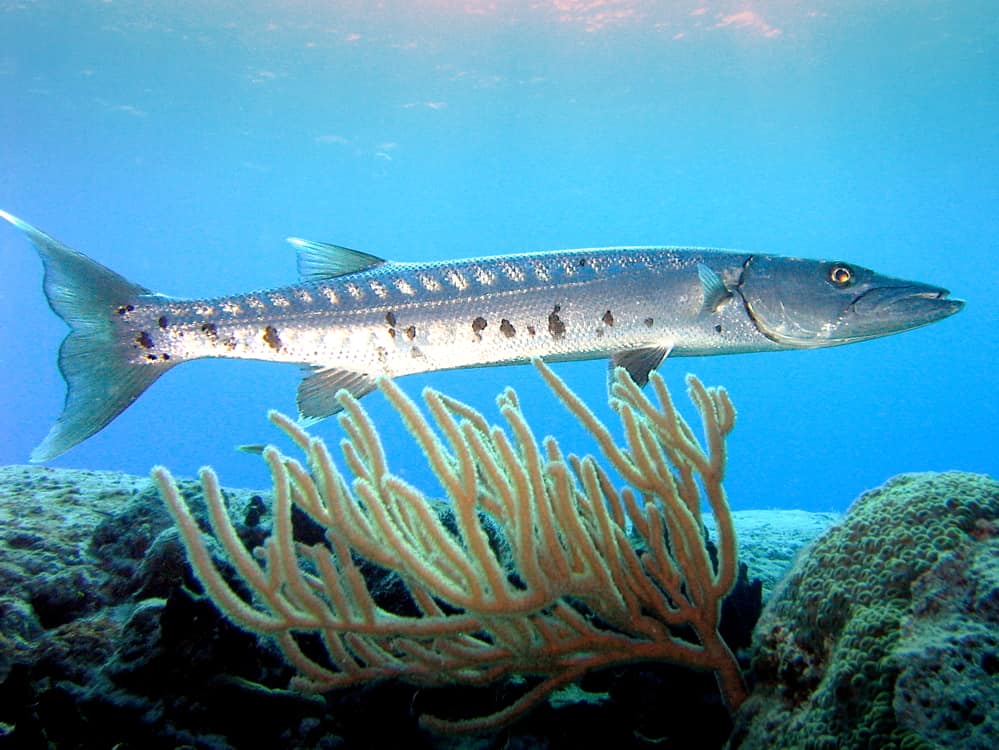
Barracuda are similar in appearance to wahoo but are distinguished by a protruding lower jaw and longer, dagger-like teeth.
©Laban712 / Public domain, from Wikimedia Commons, the free media repository – Original / License
Wahoo Fish vs. Barracuda
It can be easy to mistake a wahoo for a barracuda, as both have similar coloration and can grow to about the same size. Yet the barracuda’s body is more snakelike, its scales are large, and its long jaws have an underbite. Most of all, its teeth are much larger and more dagger-like than the teeth of the wahoo. Its dorsal fins are separate, and it lacks the finlets on the stem of the tail that belong to the wahoo fish. Interestingly, the wahoo is called the barracuda on the British island of St. Helena, though the two fish aren’t related.
Distribution, Population, and Habitat
The wahoo fish is found in the warmer areas of the world’s oceans. It’s found somewhere in the middle of the water column, avoiding the depths of the ocean and the shoreline. It appears to be an abundant fish and biologists believe that its population is stable and its conservation status is the Least Concern.
Predators and Prey

Sharks prey on wahoo fish.
©iStock.com/Martin Heyn
Though the wahoo is not the largest of the predatory fish, it is fierce and takes smaller fish such as mahi-mahi, jacks, flying fish, porcupine fish, and even smaller versions of its cousin the tuna. It also eats squid and octopuses. As for predators, it is preyed upon by sharks and rays, including the silver-tip shark of the Indo-Pacific.
Reproduction and Lifespan
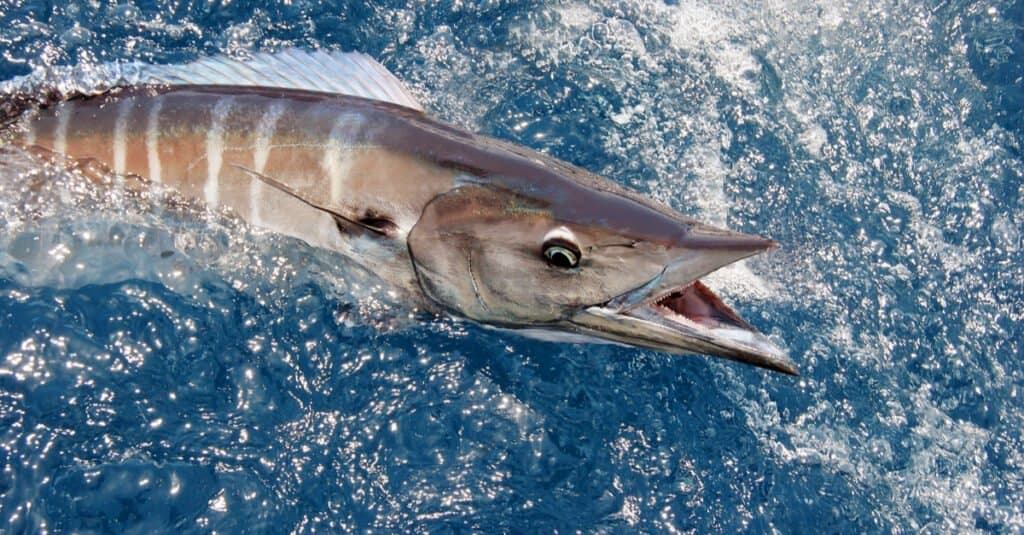
The wahoo’s diet is made up of other fish and squid, which they easily catch thanks to their speed.
©Neophuket/Shutterstock.com
The reproduction of scombroids is surprisingly mysterious, but scientists do know that their spawning season is long, and there is no one time when all the fish will start to spawn. A female wahoo can release millions of eggs during a season, and they are fertilized externally by the male. After that, the parents take no more care of their young. After the larvae hatch they grow very quickly and are ready to reproduce themselves when they are about a year old. The fish’s reproductive and growth rate might be what keeps it from being overfished, but it may come with a price. The wahoo fish is not a long-lived species, and its lifespan is only about six years or just a little longer.
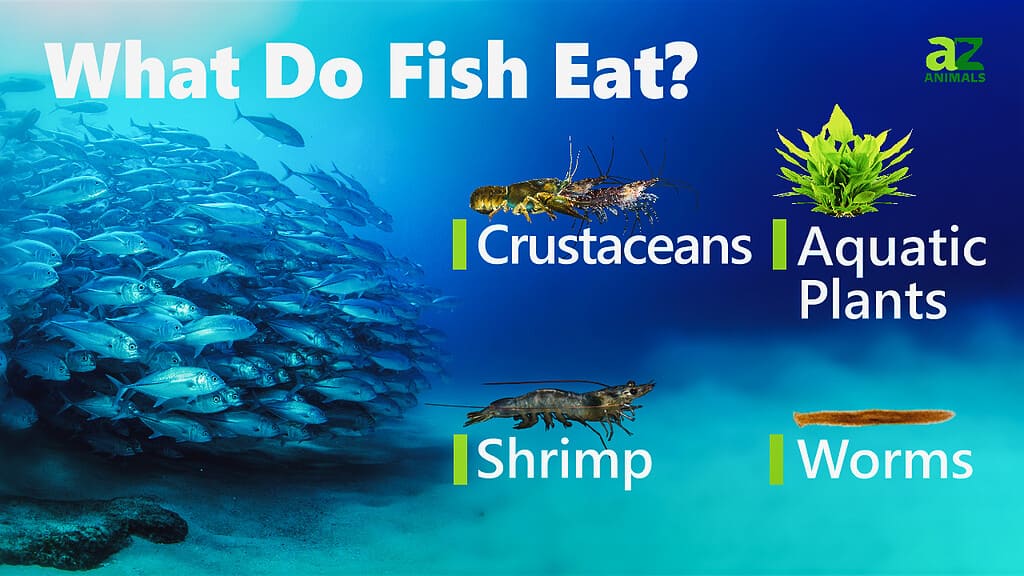
Fishing and Cooking
The speed and ferocity of the wahoo make it a sought-after game fish. The fish is best caught through trolling and luring with natural bait such as mullet. Besides being a game fish, the wahoo is highly rated as a comestible. The flavor of its flesh is delectable without being oily or gamy as can sometimes be seen in the mackerel. Recipes for preparing wahoo have the fish broiled, pan-fried, or prepared in several other ways. However, as a predator of smaller fish, the wahoo might be at risk for high mercury levels as well as ciguatera toxicity.
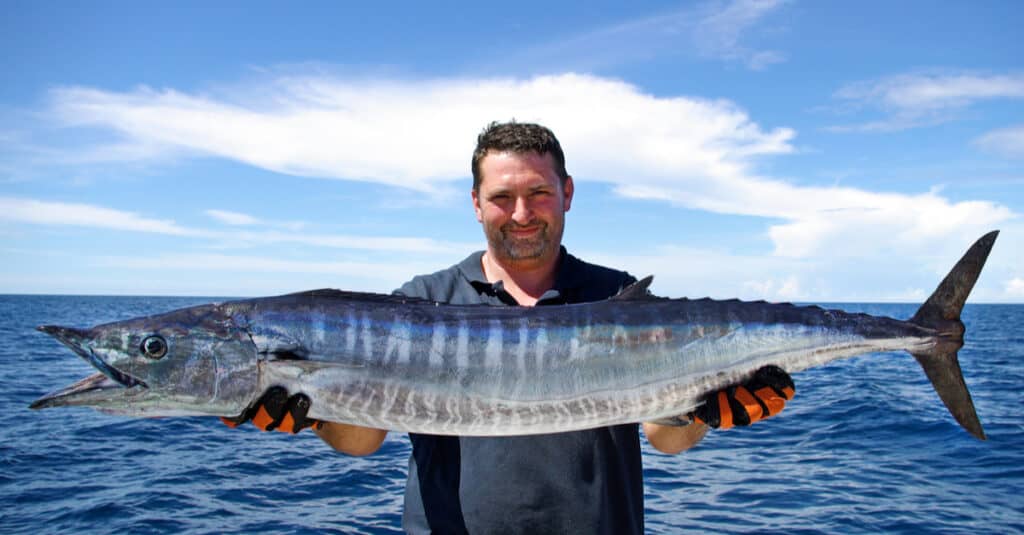
Wahoo fish can reach 8 feet long and weigh over 180 pounds, but most are much smaller.
©Fabien Monteil/Shutterstock.com
Population
Biologists don’t know the exact number of the wahoo population, but the fish appears to be abundant and is not threatened by overfishing.
View all 108 animals that start with WWahoo Fish FAQs (Frequently Asked Questions)
Is wahoo a good fish to eat?
The wahoo is considered a very good fish to eat with a mild and fresh flavor. Unlike its cousin the mackerel, the wahoo’s flesh isn’t oily. The flake is round, and the flesh stays white even after it’s cooked. There are recipes for baking the wahoo, recipes for grilling it and recipes for poaching it. The price of the wahoo changes from week to week, and the price can be fairly high since this usually solitary and fast-swimming fish can be hard to catch.
What does wahoo fish taste like?
The taste of the wahoo is described as mild and somewhat like veal, and some people who usually don’t like the flavor of fish will happily eat wahoo.
Is wahoo fish a tuna?
The wahoo is not a tuna but is related to it. Both are members of the Scombridae family. In fact, the wahoo is more closely related to the mackerel.
Is wahoo the same as barracuda?
The wahoo is not the same as a barracuda, though it is called by that name in St. Helena in the south Atlantic.
What are the differences between a wahoo and a barracuda?
The key differences between a wahoo and a barracuda are size, color, habits, habitat, diet, lifespan, and physical features.
Thank you for reading! Have some feedback for us? Contact the AZ Animals editorial team.
Sources
- Fishbase / Accessed April 21, 2022
- Wikipedia / Accessed April 21, 2022
- Florida Museum / Accessed April 21, 2022
- iOutdoor / Accessed April 21, 2022
- Sea Grant NC / Accessed April 21, 2022
- Oceana / Accessed April 21, 2022
- Florida Fish & Wildlife Conservation Commission / Accessed April 21, 2022
- Santa Barbara Fish / Accessed April 21, 2022
- Tridge / Accessed April 21, 2022
- Restaurant Clicks / Accessed April 21, 2022
- This Fish / Accessed April 21, 2022


















